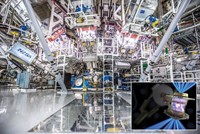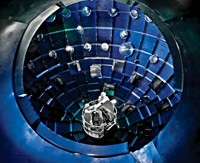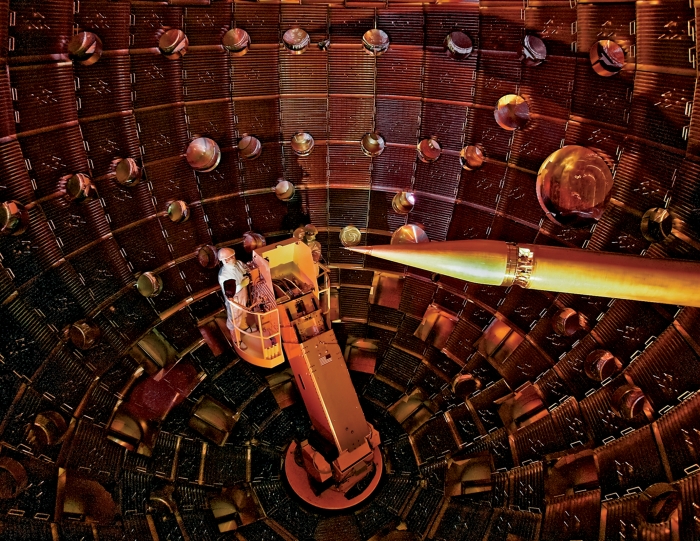Advertisement
Grab your lab coat. Let's get started
Welcome!
Welcome!
Create an account below to get 6 C&EN articles per month, receive newsletters and more - all free.
It seems this is your first time logging in online. Please enter the following information to continue.
As an ACS member you automatically get access to this site. All we need is few more details to create your reading experience.
Not you? Sign in with a different account.
Not you? Sign in with a different account.
ERROR 1
ERROR 1
ERROR 2
ERROR 2
ERROR 2
ERROR 2
ERROR 2
Password and Confirm password must match.
If you have an ACS member number, please enter it here so we can link this account to your membership. (optional)
ERROR 2
ACS values your privacy. By submitting your information, you are gaining access to C&EN and subscribing to our weekly newsletter. We use the information you provide to make your reading experience better, and we will never sell your data to third party members.
Materials
Fusion Fuel Finally Yields Excess Energy
Result is a milestone toward the goal of developing a fusion reactor as a viable energy technology
by Jyllian Kemsley
February 17, 2014
| A version of this story appeared in
Volume 92, Issue 7
The two main purposes of the National Ignition Facility (NIF) at Lawrence Livermore National Laboratory are to explore fusion energy and enable experiments to ensure the safety and viability of the U.S. nuclear weapons arsenal. Completed in 2009, the $3.5 billion facility missed a 2012 deadline to ignite a self-sustaining fusion reaction that would yield more energy than was put in to start it. NIF researchers now report reaching an important milestone toward ignition: Experiments now produce more energy than went into the deuterium-tritium fuel (Nature 2014, DOI: 10.1038/nature13008). NIF experimental “shots” involve aiming 192 lasers with a combined 1.8 MJ of energy at a pencil-eraser-sized gold cylinder called a hohlraum. The hohlraum converts the laser light into X-rays, which interact with a 2-mm-diameter spherical plastic shell called an ablator. The deuterium-tritium fuel inside the ablator then implodes and turns into helium nuclei and neutrons, releasing energy. The challenge for NIF scientists has been to keep the implosion from ripping itself apart. The best shot reported so far produced 17.3 kJ, or about double the amount of energy that made it from the lasers into the fuel. Possible approaches to further improve the yield include changing the hohlraum geometry and the ablator material, says LLNL physicist Debra A. Callahan.





Join the conversation
Contact the reporter
Submit a Letter to the Editor for publication
Engage with us on Twitter